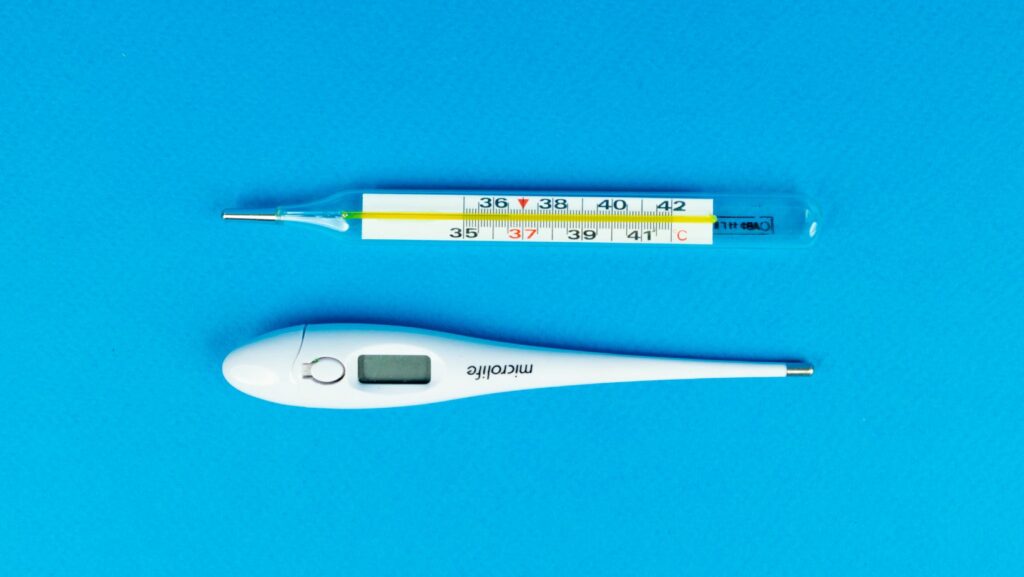Temperature thermometers are ubiquitous tools that serve many vital purposes in various settings, from kitchens and hospitals to laboratories and construction sites. While the fundamental purpose remains: to sense temperature, the technology and usage cases differ. If you’ve been curious why there are so many kinds, this post will explain the main variations and guide you in selecting the appropriate category for your needs.
Types of Temperature Thermometers
Thermometers are in different forms because of the special materials and environments that need temperature measurement. For example, the thermometer used to determine if a child has a fever will not be the same one used to determine if a steak is done or an HVAC system is working efficiently.
Choosing the right thermometer depends on factors such as required accuracy, contact versus non-contact use, temperature range, and the environment in which it will be used. Here are the most common types, broken down.
To classify temperature thermometers, there are three main types, as follows. Here’s a breakdown of the most popular varieties:
Digital Thermometers
Digital thermometers are widely used in homes and medical settings. They offer fast and precise readings, typically in seconds. They measure temperature using electronic heat sensors, usually used orally, rectally, or under the arm.
Infrared (IR) Thermometers
These devices are non-contact—they detect infrared energy given off by a person or an object. They’re useful for hygiene and safety matters, such as performing medical screenings or measuring the temperature of hot machinery. These handheld instruments are quick, accurate, and excellent for industrial and domestic use.
Mercury Thermometers
Mercury thermometers, once common, are now rare due to safety concerns. They feature mercury that expands and rises in a glass tube to show temperature. They are correct but dangerous if broken; therefore, they are gradually eliminated in favor of safer digital ones.
Alcohol Thermometers
Like mercury thermometers, these contain alcohol (typically dyed red or blue) instead of mercury.

They are safer for classroom and science experiments but less accurate for critical medical or industrial readings.
Thermocouples
Thermocouples are being used in industrial applications. If this junction gets hot, it develops a voltage that moves up and down with temperature. They can withstand extreme temperatures and are commonly used for burning engines and HVAC systems.
Bimetallic Strip Thermometers
Commonly found in ovens and thermostats, these consist of two metals that expand at varying rates when heated. This makes the strip bend and moves a needle on a dial that shows the temperature. They are sturdy and do not need a power source.
Final Thoughts
As you see, there’s no blanket approach to temperature thermometers. Each type works better or worse on different applications.

Whether taking a quick temperature reading at the forehand, ensuring food safety, or checking industrial equipment, using the right thermometer guarantees precision, safety, and efficiency. Knowing the different kinds will help you choose wisely and ensure you get the most accurate temperature measurements for your requirements.

